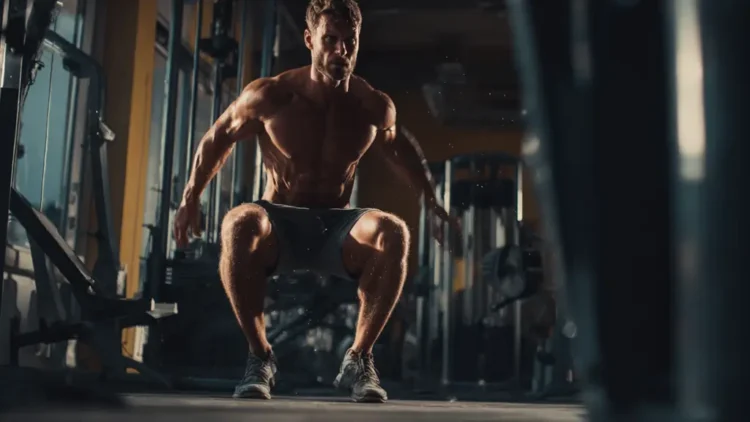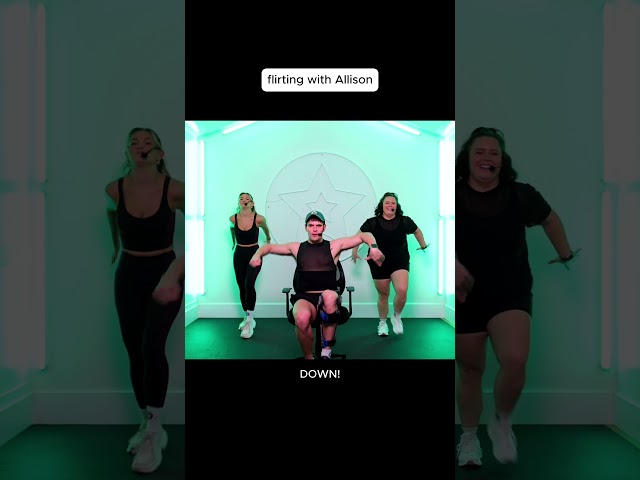When people think about fitness, they often focus on upper body exercises, overlooking the significance of a comprehensive lower body workout. In reality, a balanced approach ensures strength, stability, and the enhancement of overall athletic performance.
The Benefits of Lower Body Strength
A well-structured lower body workout does more than just strengthen your legs. It contributes to improved posture, increased metabolism, and better movement efficiency. Engaging large muscle groups such as the quadriceps, hamstrings, glutes, and calves also stimulates cardiovascular health.
Key Components of an Effective Lower Body Routine
Understanding the exercises that target major muscle groups is essential in developing an effective routine. Below are some exercises that, when performed correctly, can help you achieve a toned and powerful lower form:
- Squats: An all-time favorite that targets several muscles, including the quadriceps, calves, and glutes. Focus on maintaining proper form to avoid injury. Experiment with variations like goblet squats for variety.
- Lunges: By lunging forward with alternating legs, you not only work on your quads but also engage the glutes and hamstrings. Including reverse lunges adds an additional dimension, targeting stabilizing muscles.
- Deadlifts: A powerful compound exercise that strengthens the posterior chain, particularly the glutes and hamstrings. Maintain a straight back to prevent injury.
- Calf Raises: Don’t forget about your calves! Use calf raises to enhance lower leg strength; perform them on a step for increased range of motion.
- Leg Press: If you have access to a leg press machine, ensure proper alignment and posture to effectively target the lower body muscles without putting undue pressure on the knees.
Crafting Your Personalized Lower Body Workout
Customizing your workout to suit your fitness level and goals is crucial. Consider the following sample workout for a comprehensive start:
- Warm-up: 5-10 minutes of light cardio (e.g., jogging or cycling)
- 3 sets of 10-15 squats, focusing on depth and form
- 3 sets of 12 walking lunges per leg, engaging the core
- 3 sets of 10 deadlifts with moderate weights
- 3 sets of 15 calf raises on a stair step
- 3 sets of 10-12 repetitions on the leg press machine
- Cooldown: 5-10 minutes of stretching, emphasizing the quads, hamstrings, and calves
Weight and Progression Strategies
While starting with your body weight is sufficient, gradually incorporating weights enhances muscle-building potential. Consider progressive overload by increasing weight, reps, or reducing rest times between sets every 4-6 weeks.
Common Mistakes to Avoid
Avoid rushing through workouts or prioritizing weight over form. Proper technique ensures safety and effectiveness. Listen to your body and modify exercises to prevent strain and injuries. If new to resistance training, consider consulting with a professional to establish good habits early on.
Recovery and Nutrition
A workout is incomplete without attention to recovery and nutrition. Aim for a balanced diet rich in protein and essential nutrients to fuel muscle repair. Incorporate rest days into your routine and consider low-impact activities such as yoga or swimming to aid recovery.
By following these guidelines, you can cultivate not only strength but also endurance and flexibility, ensuring a well-rounded approach to fitness. Ready to build a more powerful and resilient lower body? Start implementing these steps in your routine today!











Discussion about this post